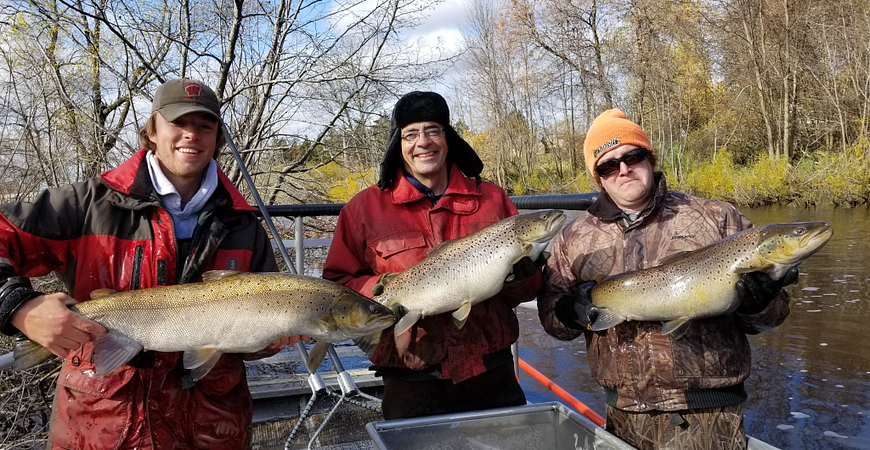Conservation easements
Real estate program
In its basic form, an easement is a way to convey some of the land rights associated with ownership to another party. Utility, highway and driveway easements are examples of how both parties use the land in a specific way.
Similarly, a conservation easement is a voluntary legal agreement between a private landowner and a government agency, a non-profit conservation organization or a land trust that permanently limits specified current and future uses.

As with other easements, landowners retain ownership and many uses of their property such as agriculture, hunting and fishing. However, a conservation easement will also help protect water quality, habitat and natural resources.
Although each conservation easement is unique, some examples of land rights purchased by state or local agencies include the right to improve streams, fence livestock out of the stream corridor, permit public access and prohibit development. The agreement will also indicate the geographical boundaries of the easement.
Land ownership stays with the landowner while easement rights "run with the land," that is, the agency retains the easement rights if the landowner sells the land and the new landowner must abide by the easement. The easement document is recorded at the county Register of Deeds.
Some examples of easement protection:
- Streambank Easements
- The program purchases easements directly from landowners. In return for payment, the landowner allows public fishing and DNR management activities along the stream corridor on their property. The easement area is generally 66 feet of land from the stream bank on either side of the stream. Easements are perpetual and remain on the land even if it sold or deeded to an heir.
- Forest Legacy
- Wisconsin's Forest Legacy Program aims to keep forests as forests by protecting large unfragmented blocks of forest lands that provide the highest conservation value and public benefit and minimize conversion of forests to non-forest uses through the purchase of conservation easements.
- Wetland Compensatory Mitigation
- Wetlands provide many benefits, including flood control, fish and wildlife habitat, and groundwater recharge. When there are unavoidable impacts to wetlands, it is important to compensate for those impacts. Compensatory mitigation involves the restoration, enhancement, establishment or preservation of wetlands to compensate for unavoidable impacts to other wetlands. The goal of wetland mitigation is to compensate for the functional loss resulting from wetland impacts.
Related links
-
- Conservation Easements: A landowners guide to easements purchased through WI’s Runoff Management and Stewardship Streambank Protection Program [PDF] DNR PUB-WT-549 2002
